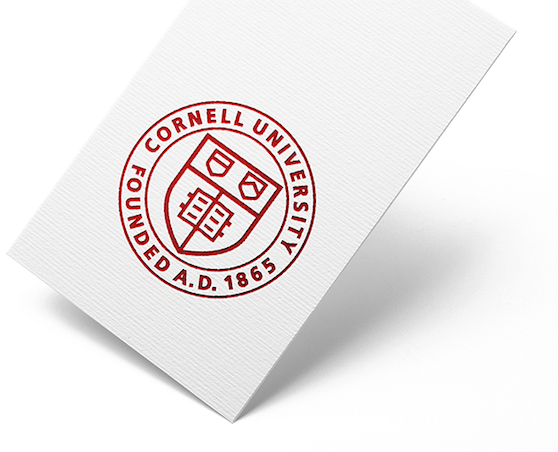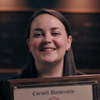Traci Nathans-Kelly currently teaches for Cornell University’s College of Engineering, with deep experience in online modalities for higher education. She has a particular interest in social justice and techquity issues. Dr. Nathans-Kelly interacts daily to help engineers and pre-professional engineers hone their technical messaging, whether it be via presentations, on paper, in meetings and teams, or through online channels.
Dr. Nathans-Kelly has worked with practicing professional engineers, technical experts, scientists, and related field experts for over 20 years, helping them to strengthen their abilities to become impactful contributors in their organizations. She is very active in IEEE, co-authoring the “English for Technical Professionals” online course, and works with the IEEE Continuing Education Committee, the Educational Activities Committee, and the IEEE Teaching Excellence Editorial Board.






